The Garden for Well-being: Final concept
The Garden for Well-being is to be a public space for all for contemplation and restoration. Thank you to all who provided feedback during the community consultations. Concept 1: Bison as a Keeper of Well-being was the preferred concept.
Final Concept Bison as a keeper of well-being
The bison’s role as a keystone species on the prairies provided wealth and well-being, giving every part of its being to sustain and support the lives of others. Meat was used as food, the horns and bones were used for tools and hunting uses, the hides and fur as bags, blankets, coats, rivercraft hulls, shields and drums. Although historically these gifts were for sustenance, survival, and well-being, today many animals and plants - from not only the prairies - provide gifts and medicines to help sustain the human realm and environmental health.
The concept explained
The bison as a keeper of well-being affords reflection and contemplation towards the gifts the land offers us every day and the further recognition and reciprocation it deserves.
The concept draws inspiration from the multifaceted use of the bison and artistic depictions of the bison's valued components. This concept envisions the garden organized into intimate rooms of well-being by using different scales and species of vegetative partitioning.
The layout of the garden follows representations of the bison’s valued parts and traditional uses, crafting different rooms of reflection, shelter and warmth to feed the well-being of the garden’s visitors.
A central gathering node protected by the bison shoulder hump includes a multi-use bench/lounge/platform set into a mound with a wood bench, picnic table and shade structure. A second gathering node is made of limestone block seating, nested in shrubs and shaded by a deciduous tree. Entry from the east passes by the bison's horn featuring limestone block seating which continues into the primary pathway, before passing through the bison head which features a central art piece and limestone block and recovered wood seating.
There are five reflection nodes. The first one is a mid-size space with greater privacy while maintaining overall connectivity. It includes a wood bench mounted to limestone block and shrub planting. The second and third reflection nodes are smaller, intimate spaces with large fieldstone boulder seating, wood benches, recovered wood stump seating and river views. Reflection node four features limestone block seating in a circular arrangement. The fifth reflection node includes limestone block seating within a cluster of trees, bordered by a meadow garden that can be used by individuals or a group of people.
There are several pathways throughout the space; some are paved, some are compacted granular, and some are mulch, or wood. There is bicycle parking.
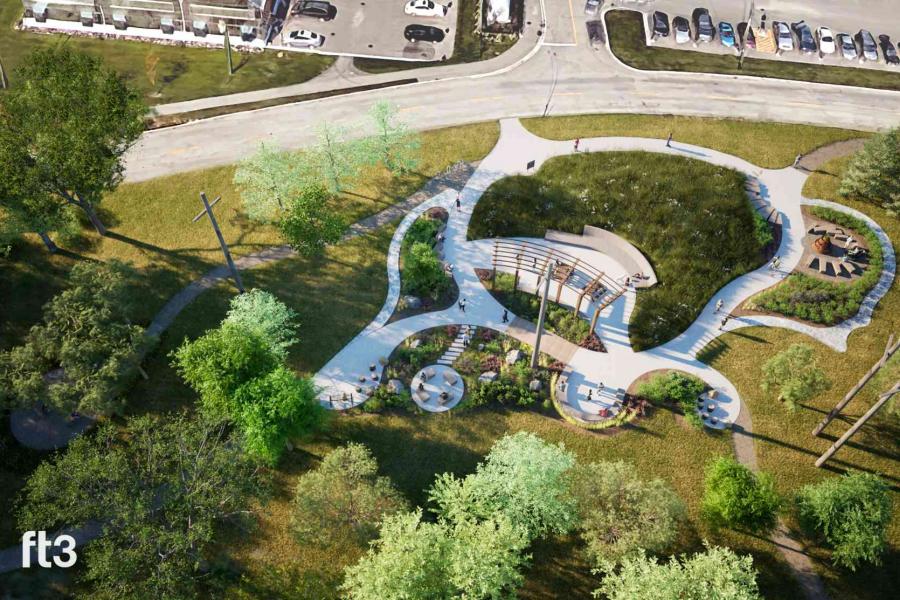
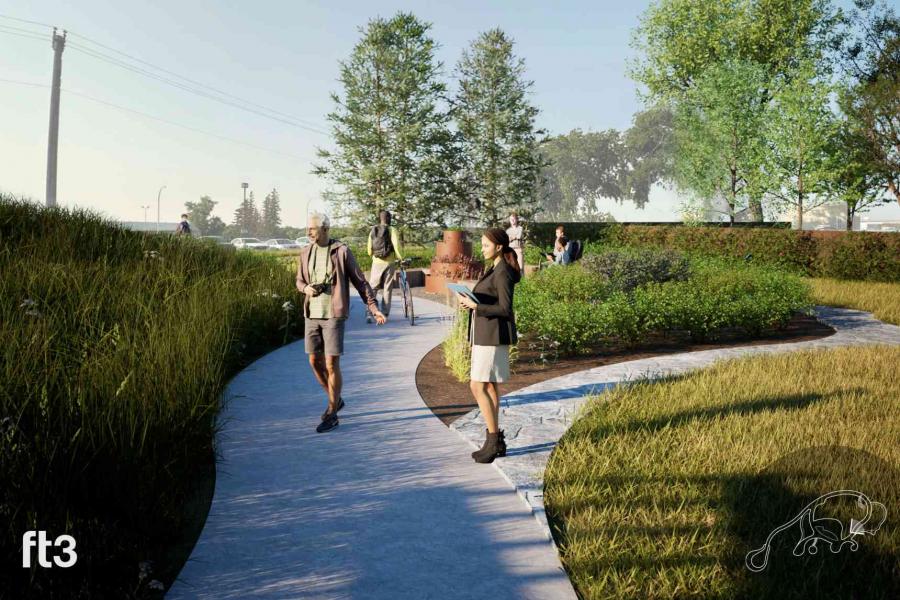
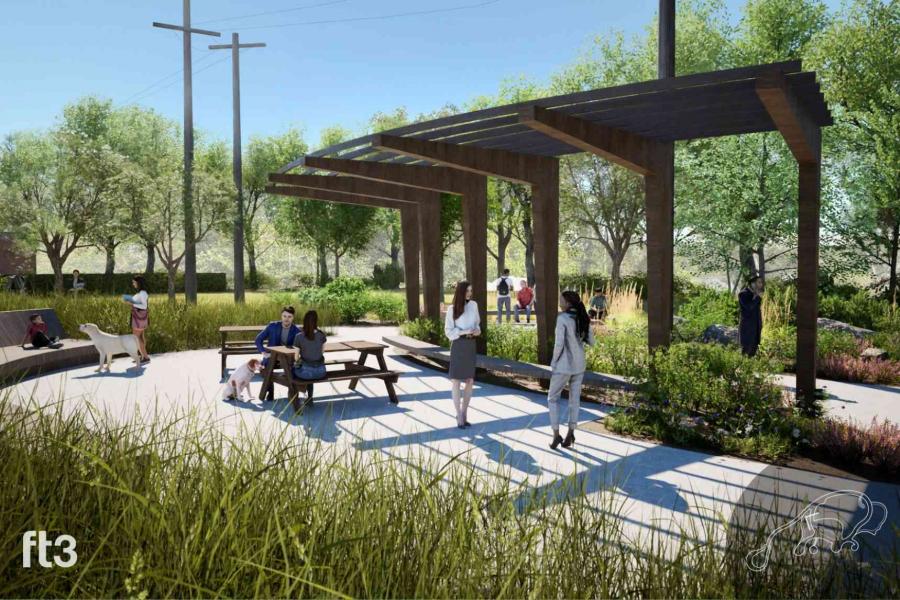
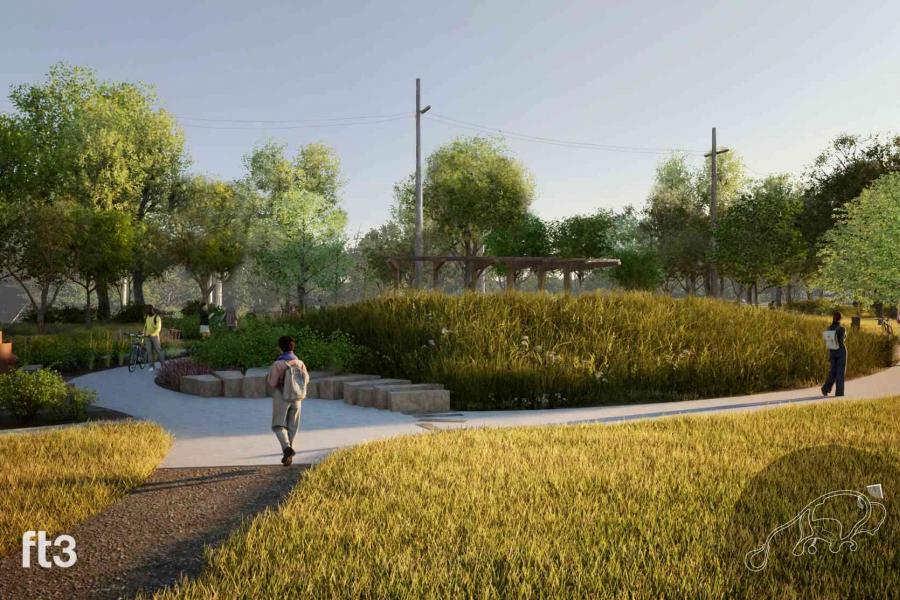
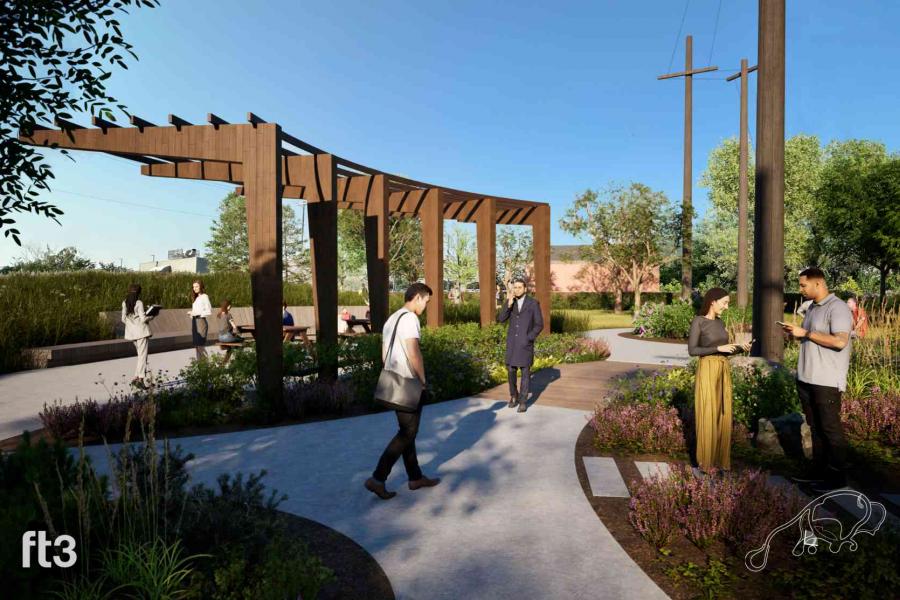
Contact us
Office of Sustainability
152 Physical Plant Building
89 Freedman Crescent
University of Manitoba (Fort Garry campus)
Winnipeg MB R3T 2N2
